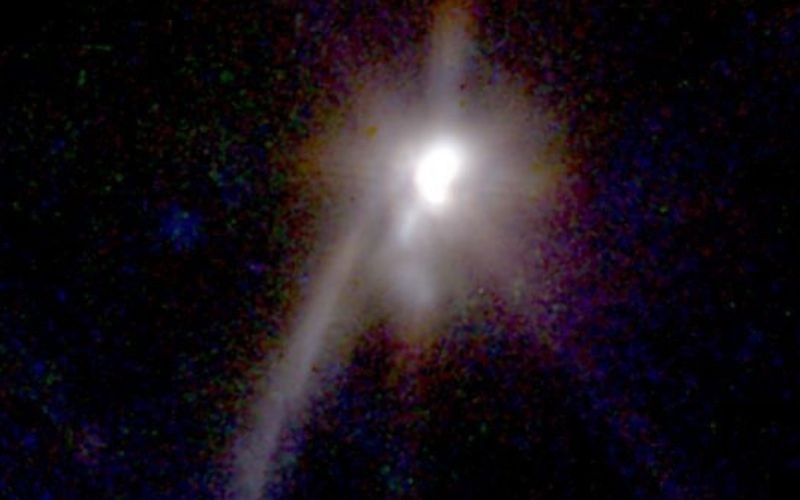
Astronomers discover strange stars burning helium instead of ordinary hydrogen, which is typical for most stars. Upon analysis, these stellar bodies are being engulfed in helium ash as the fuel burnt in a nuclear reaction.
It adds to the knowledge of stellar evolution, which is vital to understand since the cosmos is full of countless stars, both living and dead stars with black holes as the collapsed remnants in space-time.
Astronomers Discover Strange Stars
Based on the Universities of Tübingen and Potsdam, study lead Prof. Klaus Werner found these weird star types, reported SciTech Daily.
The Large Binocular Telescope in Arizona captured the star's spectrum, and the Large Sky Area Multi-Object Fiber Spectroscopic Telescope (LAMOST) in China; both were used to get the temperature, surface gravity, and elemental abundances of the celestial body.
A star captured in the images is not the usual surface of hydrogen and helium powering the thermonuclear reaction; instead, on the star's shell are carbon and oxygen. Residue from the process of burning helium which is alien to most stars discovered since, per The Siasat Daily.
Inside the core of the stellar body is helium in these new stars that show they act differently than expected.
Stars With Different Compositions
Stars with this surface composition have burnt out their helium inside the core and moving ahead to end their life stage as white dwarfs.
A white dwarf is the remnant of a star that exploded its gas shell, with only a very dense core with exceptional gravity. Professor Werner added these strange stars burning helium are expecting to expand what is known as the evolution of such cosmic bodies.
Read Also : New Study Suggests Ancient Pterosaurs Had Feathers That Change Colors at a Cellular Level
Strange Stars Formed From Two Dwarf Stars
Second research by a group of astronomers from the University of La Plata (Argentina) and the Max Planck Institute for Astrophysics in Garching (Germany) released in the same journal as this one offers a possible explanation for their formation, cited News Explorer.
According to Miller Bertolami, lead author of the second paper, the stars discovered by German scientists might be a result of an unusual stellar merger of two white dwarfs.
The merging of two white dwarfs does happen if there are close binary systems that fall into one another via shriveling orbit. As they get too close, more gravity waves are released, causing them to crash and form a binary white dwarf system.
This stellar merging of dual white dwarfs does not always end up with a star that is rich in carbon and oxygen, remarked Miller Bertolami.
Although if the binary twins have the right mass to start with, forming a white dwarf rich in carbon and oxygen might be disrupted and formed on top of a helium-rich one.
He went on to say that none of the current stellar evolutionary models can adequately describe these stars. More accurate models have to be fine-tuned to compensate for these rare mergers in the universe.
Clues from these cosmic events give clues to understanding more about the nature of binary systems and their mechanics.
Finding these strange stars burning helium is exotic, and the processes that emit oxygen is odd, to say the least until the nature of the stellar bodies is understood.








